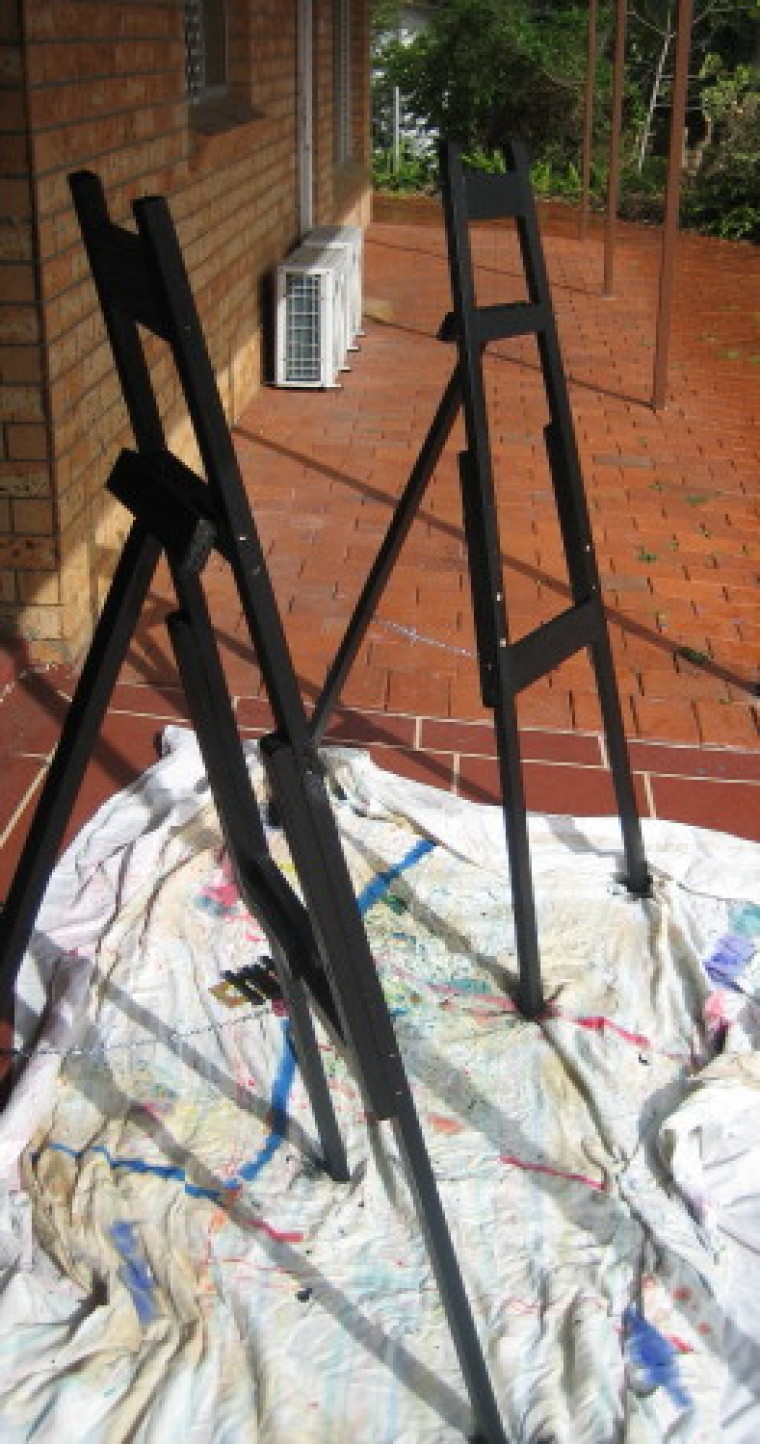
As a child, I wondered at the seemingly magical properties of magnets. I remember doing the school experiment where we put a magnet on the desk, then a piece of white paper, then shook iron filings all over the paper and saw them make these beautiful patterns as the iron lined up with the magnetic field. Was this the inspiration for the science fiction 'force fields'?
A brief history of magnets.
We know that the Greeks and Chinese knew about the properties of an iron-containing rock called lodestone as early as the first century BC.
But legend takes us further back than this, to the time of the Old Testament between 4000 and 5000 years ago, when an elderly Cretan shepherd called Magnes found that the iron nails in his shoes and the tip of his shepherd staff became stuck to a rock, later called 'magnetite' after Magnes himself, or perhaps the region then called Magnesia. There are also references to magnets from China, India and Greece from around 2500 years ago.
But for centuries magnetism was seen as some sort of magical properties, and many stories and legends were built on its properties. Pretty soon, people realised that it was only substances (that they knew of) made from iron that were attracted to magnets. We now know of many other materials that are magnetic, including some synthetic ceramics. (cen.acs.org)
Some notable thinkers and scientists looked further into the phenomenon, but it wasn't until experimentation became more sophisticated that magnetism was explained. In the 1600s, Dr William Gilbert investigated electrical and magnetic properties of various substances. But it wasn't until Oersted and Ampere (around 1820) and then James Clerk Maxwell (1864) that the intimate relationship between magnetism and electricity was established. This was further explored when J.J. Thomson discovered electrons, which whizz around the outside of every atom, that our current understanding developed.
(www.howmagnetswork.com and en.wikipedia.org/wiki/Magnet)
What is a magnet?
The Earth is a giant magnet, because of the molten iron surrounding its core. Because this iron is liquid, it sloshes around a bit, and electric currents are produced that 'induce' a magnetic field – a bit like an electromagnet. It is because of the 'sloshing' that the Magnetic North Pole and Magnetic South Pole are not always in exactly in the same place; and they are not in the same geographical positions as the North Pole and South Pole. A traditional compass, relying as it does on a magnetic needle, points to the magnetic North. (www.ccmr.cornell.edu)
We know of household-sized magnets in all shapes from a 'horseshoe' to a small bar magnet to those that stick on the fridge. If you cut a magnet in half, you will get two magnets, each with its own north pole and south pole. You can never get one pole on its own (a monopole), ever.
Industrially and scientifically, magnets are involved in the workings of everything from your television and mobile phone to 'maglev trains' and medical instruments such as MRI machines (magnetic resonance imaging) that can provide a computer-aided image of the insides of your body. These are just a very few examples.
Biologically, there are tiny natural magnets within the bodies of some animals, such as birds, which help them navigate, and even to avoid colliding with each other when they land as a flock. (www.economist.com)
Chemically, every atom has magnetic properties. What we see as 'magnetism' arises as a result of the interaction of electrically charged particles, and atoms are made from a positive nucleus surrounded by negative electrons. In naturally magnetic substance such as some iron compounds, the atoms are all lined up with their tiny electric fields all in the same direction, so that a lump of this material will have a magnetic field, and act like a magnet.
In other non-magnetic materials, the atoms are arranged in a random order so that there is no overall 'direction' of their electrical fields. This is why you can magnetise a piece of iron, by rubbing a magnet over it in the same direction several times, but the effect will only be temporary because when you take the magnet away, the atoms will vibrate themselves back to a random arrangement.
Other potential uses of tiny magnets in medicine
Thinking back to my original question about how tiny a magnet could be, I was interested to read of several other lines of research where magnetic substances are used to guide medicines or other therapies around the body.
A team at the University of Sydney has developed a system of making little 'needles' of magnetic nanoparticles to treat liver cancer, and the same technology is being investigated by people in the USA to perhaps make a little magnetic 'thruster' that will guide miniature rockets in space. (www.sciencedaily.com)
A team in South Korea has attached nanoparticles of iron oxide (the natural magnetic material in lodestone) to antibodies designed to attack cancer cells. If a magnetic field is applied to the body once these particles have been injected, some of the cancer cells tself-destruct. (phys.org)
It seems that, even after thousands of years of knowing about magnets, we are still learning about how useful they can be.
Colossians 1 verses16-17 - "For by him all things were created: things in heaven and on earth, visible and invisible, whether thrones or powers or rulers or authorities; all things were created by him and for him. He is before all things, and in him all things hold together." (NIV)
Dr Mark Tronson is a Baptist minister (retired) who served as the Australian cricket team chaplain for 17 years (2000 ret) and established Life After Cricket in 2001. He was recognised by the Olympic Ministry Medal in 2009 presented by Carl Lewis Olympian of the Century. He has written 24 books, and enjoys writing. He is married to Delma, with four adult children and grand-children.
Mark Tronson's archive of articles can be viewed at
www.pressserviceinternational.org/mark-tronson.html
